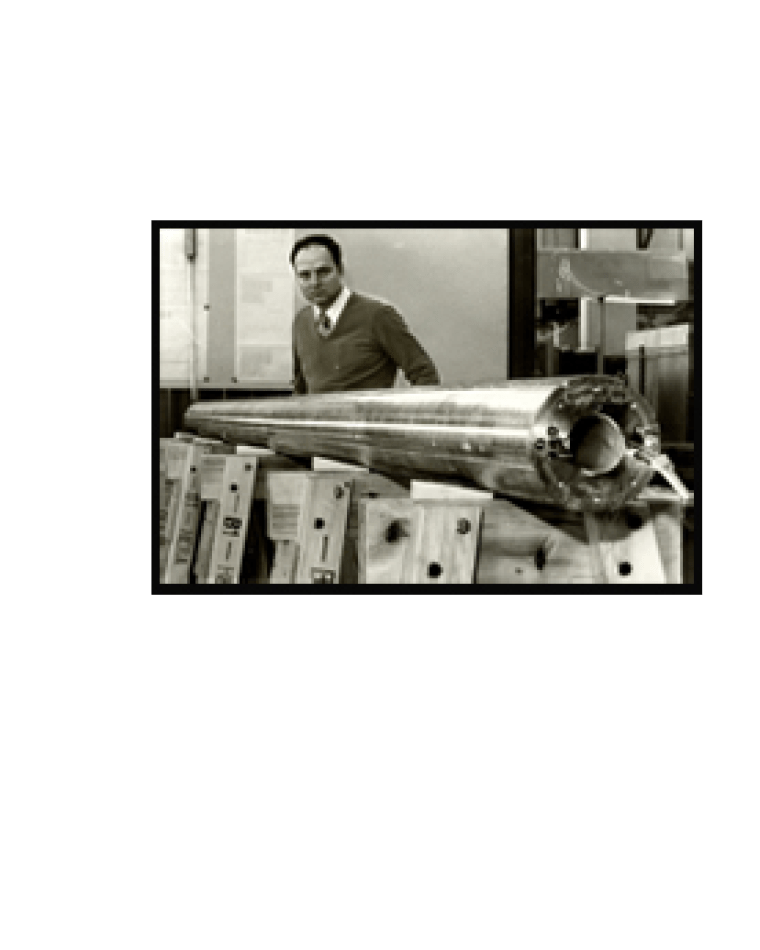
Siegfried Wolff
Siegfried Wolff
Contact Menu
Siegfried Wolff 1939-2012
August 1, 2012 (PO12). Siegfried Wolff, a well known superconducting magnet expert, passed away after a long illness on March 13, 2012, at the age of 73. After his Physics Diploma in 1965 Wolff joined the bubble chamber group at DESY in Hamburg, Germany as a technical physicist. He made substantial contributions to the successful operation of the liquid hydrogen and deuterium bubble chamber and obtained his PhD in 1969 at the University of Hamburg with a thesis on bubble formation and growth in hydrogen and deuterium bubble chambers.
In the early 1970s, when the electron-positron storage ring DORIS was constructed, Siegfried Wolff moved over to magnet design and measurement. He designed the compensation coils for a DORIS experiment equipped with a superconducting solenoid, and under his leadership the magnetic measurements for the larger storage ring PETRA were carried out. When the proton-electron collider HERA was proposed, Siegfried Wolff joined the task force which was formed by Bjorn Wiik to design and construct the superconducting accelerator magnets of the proton ring. Wolff spent a sabbatical at Fermilab in 1979/1980 where he worked in the superconducting magnet group and acquired a thorough knowledge of the design principles and construction of the superconducting dipoles and quadrupoles for the Tevatron. Back at DESY he contributed heavily to the design of the HERA dipoles and quadrupoles, and in his group of engineers and technicians a number of protype dipoles were built that performed very well and exceeded the design field of 5 Tesla. In 1984 a radical design change was proposed to increase the field capability of the magnets and improve their quench safety. The warm-iron yoke of the Tevatron-like design was to be replaced by a cold-iron yoke directly surrounding the aluminium-collared coil. Within record time Wolff’s group built a short prototype of the new dipole which reached a field of 6 Tesla without training. The new magnet concept proved extremely successful in the industrially produced HERA magnets and had a strong impact on the design of the LHC magnets. During the construction phase of HERA, Wolff and his group performed the electric and cryogenic installation of the HERA proton ring.
When the HERA collider was completed, Wolff became head of the cryogenics group at DESY. He and his group contributed strongly to the successful R&D on superconducting cavities with accelerating fields above 25 MV/m, which was carried out by the international TESLA collaboration. Wolff’s group was also involved in the cryostat construction and provided the cryogenics for the TESLA Test Facility linac which was later upgraded to the free-electron laser FLASH.
Siegfried Wolff was a superconducting magnet expert of international reputation. He was a member of various advisory committees, among them the LHC Machine Advisory Committee, and he was co-author of a book on superconducting accelerator magnets. Siegfried Wolff will be remembered by his friends and colleagues for his great technical competence, his fairness and reliability, and his willingness to accept responsibility for demanding projects.
(By friends and colleagues at DESY)